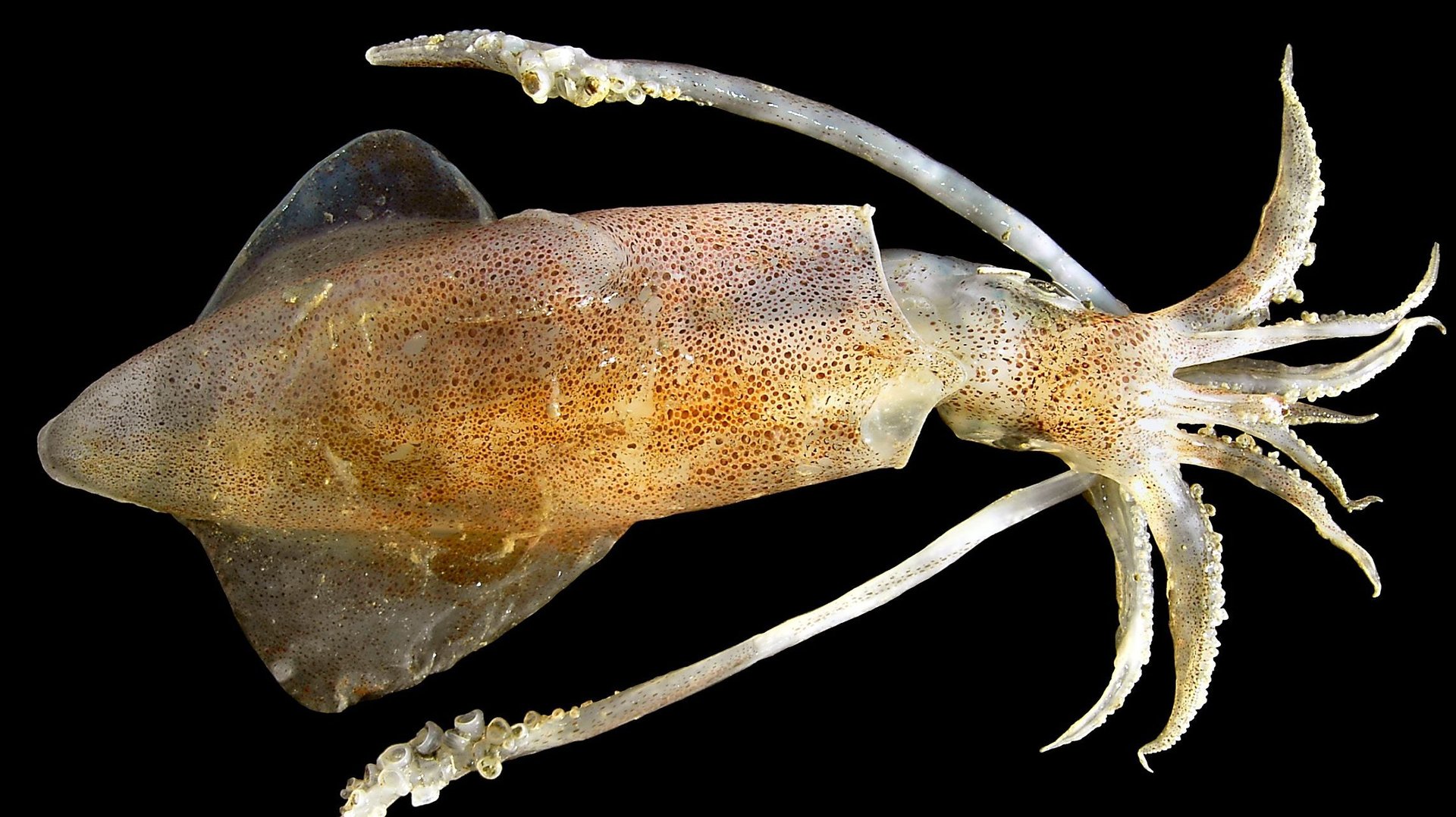Scientists have created self-healing fabrics that also protect from harmful chemicals
Protective clothing is critical to the health and safety of workers who handle hazardous chemicals. A new fabric coating promises to not only neutralize toxins, but also to heal tears and holes on its own while the clothes go through the laundry.


Protective clothing is critical to the health and safety of workers who handle hazardous chemicals. A new fabric coating promises to not only neutralize toxins, but also to heal tears and holes on its own while the clothes go through the laundry.
The coating, developed by a team of researchers from Penn State and Drexel University, is derived from proteins that make up the rings of teeth on squid suckers. The researchers described the work in a recent paper (paywall) in the journal ACS Applied Materials and Interfaces.
Squid ring teeth proteins are able to self-heal thanks to their unique structure that features flexible and rigid segments. The scientists created a film made up of these same proteins that can fuse two pieces of fabric like an adhesive. It works because when the proteins come into contact with water, their components can move around and form strong molecular bonds. Those bonds hold up when the film dries, so there’s no risk of the coating cracking, which has been a problem with other self-healing materials in development. Here’s the coating in action:
To apply the coating, the researchers dip fabrics like wool or cotton in a series of liquids containing the special proteins, creating a film so thin it’s unnoticeable to the touch. Right now, they’re only dipping complete garments in the liquids, but fibers could also be coated before being made into clothing, offering more flexibility for garment makers.
The team took the self-healing coating one step further by adding enzymes that can neutralize chemicals like pesticides. If chemicals come in contact with a coated garment, the enzymes break them down before they can reach the skin. Coveralls coated with the film, for example, could protect farm workers from common pesticides. There are also possible military applications: the US Army and Navy both helped fund the research, believing the innovation has the potential to protect servicemen and women against nerve agents and chemical weapons.